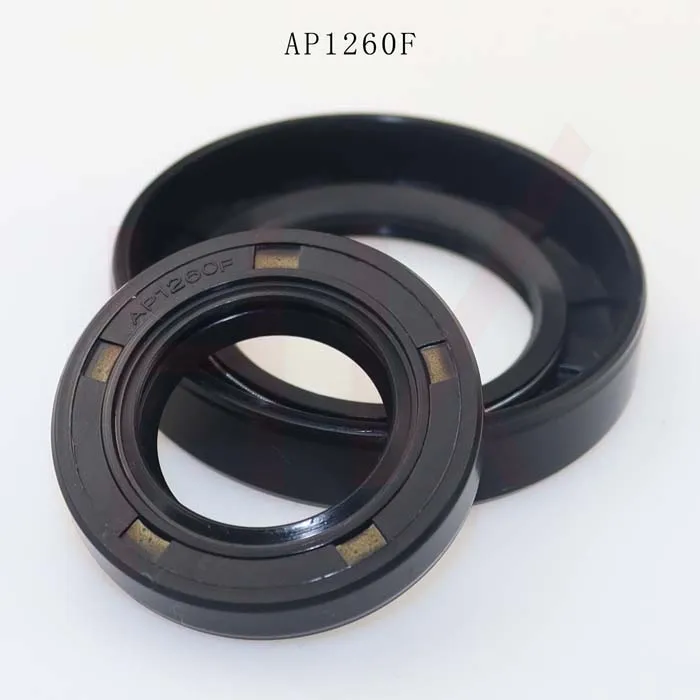Nov . 17, 2024 10:36 Back to list
hydraulic cylinder seal kit material
Understanding Hydraulic Cylinder Seal Kit Materials
Hydraulic systems are integral to a variety of industrial applications, from construction equipment to manufacturing machinery. At the heart of these systems are hydraulic cylinders that rely on effective sealing solutions to maintain functionality and efficiency. A crucial component of these hydraulic cylinders is the seal kit, which is designed to prevent leaks and ensure the smooth operation of the hydraulic fluid. The material composition of hydraulic cylinder seal kits plays a significant role in their performance, durability, and suitability for specific applications.
Key Materials Used in Seal Kits
1. Nitrile Rubber (NBR) NBR is one of the most commonly used materials in hydraulic seal kits due to its excellent resistance to oil, fuel, and other hydraulic fluids. It is suitable for a wide range of temperatures, typically between -40°C to +100°C (-40°F to +212°F), making it ideal for many industrial applications. NBR seals are generally cost-effective and provide good mechanical properties, making them a preferred choice for various hydraulic systems.
2. Fluoroelastomer (FKM) FKM, often branded as Viton, is known for its exceptional resistance to high temperatures and aggressive chemicals. It can withstand temperatures up to 200°C (392°F) and is resistant to many solvents and chemicals that can degrade other materials. This makes FKM seals suitable for high-performance hydraulic systems where temperatures and chemical exposure may be significant challenges.
3. Polyurethane (PU) Polyurethane seals offer outstanding wear resistance and are capable of operating in harsher conditions compared to rubber alternatives. PU seals have excellent abrasion resistance and can function effectively in both dynamic and static sealing applications. They typically operate within a temperature range of -30°C to +80°C (-22°F to +176°F), making them ideal for various environments, particularly where durability is crucial.
4. PTFE (Polytetrafluoroethylene) Known as Teflon, PTFE is a high-performance plastic that offers excellent chemical resistance and can operate at very high temperatures, often exceeding 250°C (482°F). It is used in sealing applications where chemical exposure is a significant concern, and it provides low friction characteristics, reducing wear on the sealing surfaces. PTFE seals are often used in conjunction with other materials to enhance their sealing capabilities.
hydraulic cylinder seal kit material

5. Silicone Rubber Silicone seals can withstand a broad temperature range from -60°C to +230°C (-76°F to +446°F) and are excellent for applications that require flexibility at low temperatures. Though not as resistant to hydraulic fluids as synthetic rubber options, silicone is often used in environments where temperature extremes are a concern.
Choosing the Right Material
When selecting a hydraulic cylinder seal kit, various factors must be considered, including the specific application, operating conditions, temperature ranges, and the types of fluids involved. The choice of material affects not only the longevity of the seals but also the overall efficiency of the hydraulic system.
For instance, in applications where exposure to aggressive chemicals is routine, FKM or PTFE seals may be the best option. Conversely, for general-purpose applications where cost-effectiveness is essential, NBR may suffice. Furthermore, understanding the compatibility of the seal material with the hydraulic fluid can prevent premature failure and costly downtime.
Conclusion
The material composition of hydraulic cylinder seal kits is a critical aspect that determines their effectiveness and longevity in various applications. By understanding the properties of different materials such as Nitrile Rubber, Fluoroelastomer, Polyurethane, PTFE, and Silicone Rubber, engineers and technicians can make informed decisions to select the most suitable seal kits for their hydraulic systems. Ultimately, choosing the right material not only enhances the performance of hydraulic cylinders but also contributes to the overall efficiency and reliability of industrial operations.
-
TCN Oil Seal Metal Ring Reinforcement for Heavy Machinery
NewsJul.25,2025
-
Rotary Lip Seal Spring-Loaded Design for High-Speed Applications
NewsJul.25,2025
-
Hydraulic Cylinder Seals Polyurethane Material for High-Impact Jobs
NewsJul.25,2025
-
High Pressure Oil Seal Polyurethane Coating Wear Resistance
NewsJul.25,2025
-
Dust Proof Seal Double Lip Design for Construction Equipment
NewsJul.25,2025
-
Hub Seal Polyurethane Wear Resistance in Agricultural Vehicles
NewsJul.25,2025
-
The Trans-formative Journey of Wheel Hub Oil Seals
NewsJun.06,2025
Products categories
















